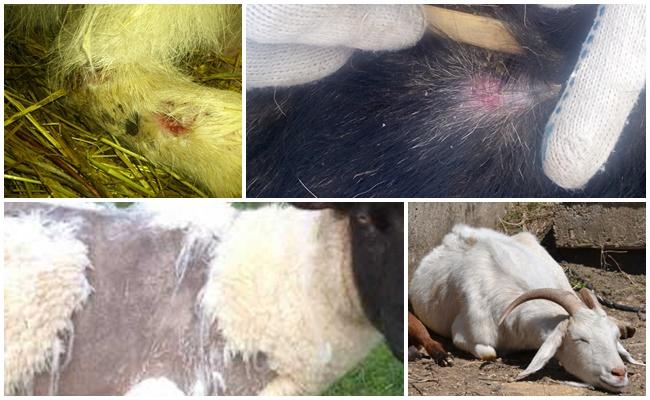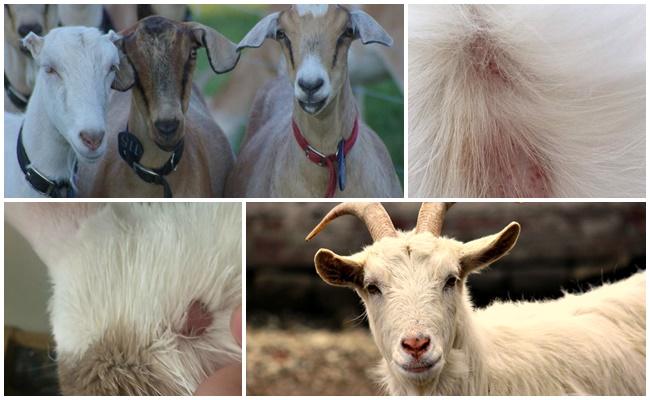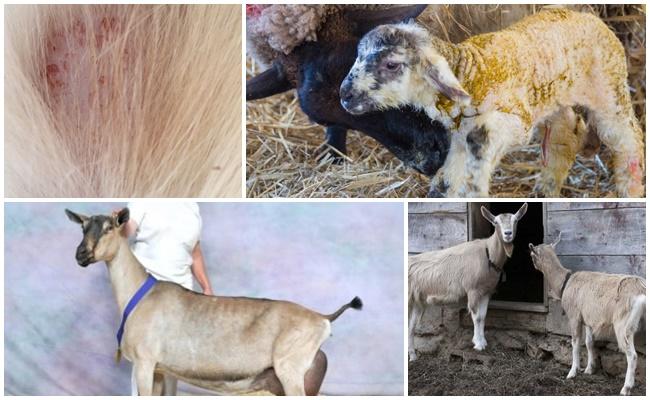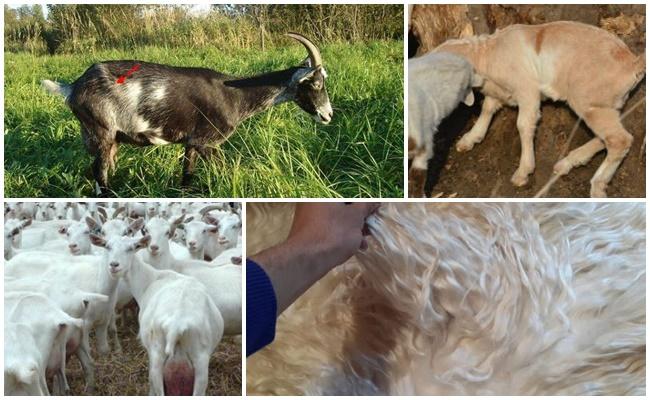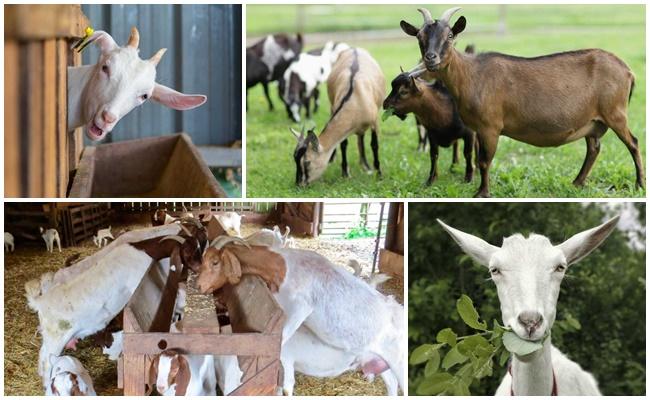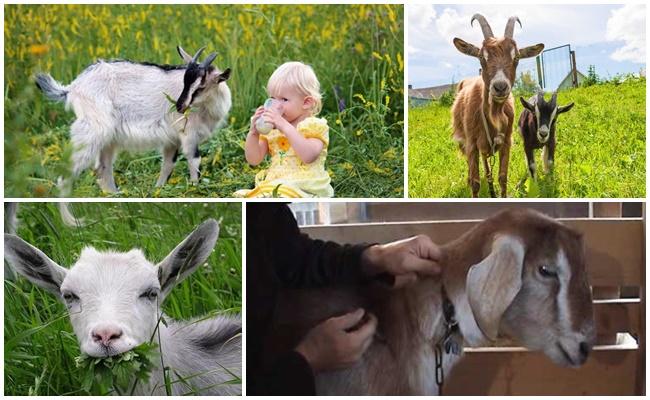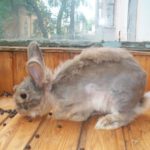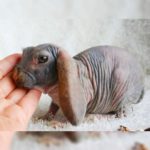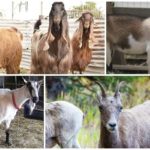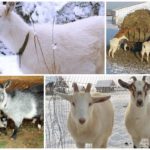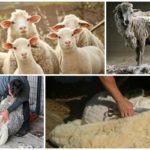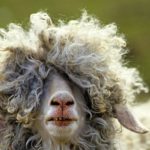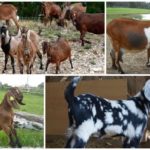Owners of farm animals, including goats, are faced with the fact that their pets have problems with their fur. If the animal is healthy, then it sheds twice a year. Not everyone is prepared for the fact that a domestic goat loses its hair outside of the natural coat change season. In some cases, this may be a sign of a serious and unpleasant contagious disease.
Shedding period
Shedding in goats can be either seasonal or age-related. In the first case, all adult animals shed, and in the second, the kids change their fur.
Seasonal molt
Normally, coat changes occur twice a year - in spring and autumn. Seasonal shedding is a normal process; during this period, the entire coat changes to a new one. At the end of winter, beginning of spring, when not only the temperature rises, but also the length of daylight hours increases, spring molting occurs. Its onset depends on the region, climate and weather conditions. In most areas with a temperate climate, it begins in the second half of March, early April. In warm areas with mild winters, spring shedding in goats can begin in late February.
Autumn molt can begin in September. It goes pretty unnoticed. The thin summer hair falls out and is replaced by thick, dense winter hair.
Age-related molting
Newborn goats are covered with baby hair. When they are six months old, they begin to change their coat. This type of molting is called juvenile molting.
Diseases of goats leading to hair loss
Sometimes an animal loses its fur, regardless of the time of year. In this case, it can be assumed that the cause is a skin contagious or non-contagious disease, internal or external parasites, organ pathologies caused by them, errors in feeding and maintenance.
Non-contagious
A goat loses hair and even goes bald in the following cases:
- Permanent shedding. This is due to hair loss that has outlived its usefulness. The process is not related to the time of year or the age of the animal. No treatment required.
- Stressful situation. A change of place and a sharp change in living conditions, spontaneous abortion can cause hair loss.It is enough to identify the cause of stress and take measures to eliminate it.
- Lack of vitamins. With a lack of vitamin A, group B, C, E, not only does the hair fall out, but the skin also peels off. Low-value products such as cake, old hay, straw are eliminated from the diet, and complete feed is added.
For non-contagious causes of hair loss, no special treatment is required; it is enough to take measures to eliminate the factors that caused the problem.
Infectious
If an animal's fur gets wet, it takes on an unkempt appearance, hair comes out in clumps, and areas of bare skin are clearly visible, then an infectious infection can be assumed. The most common of them is trichophytosis. It is caused by pathogenic fungi.
Pets are bothered by itching, they scratch the sore spots, and blisters appear on the skin. When they burst, the fur becomes wet and sticks together, and brown crusts appear. Other pathogenic organisms are added to the main pathogen, and deep skin damage develops.
Sick goats are isolated. They are treated with special vaccines and salicylic ointments, “Yam”. In advanced cases, goats are slaughtered and the carcasses are disposed of.
Infestations
Infestations, or the infestation of animals with parasites, can also lead to intense hair shedding. Most often, goats suffer from lice, lice, and itch mites:
- Lice cause the disease siphunculatosis. Animals itch a lot, wounds appear on the skin, and hair falls out. Goats lose weight, and young animals in advanced cases may die. Adult lice are visible to the naked eye. Treat with insecticidal preparations such as “Entomazan-S”.
- Lice eaters are as annoying to goats as lice. When affected by these parasites, the fur looks disheveled and tangled. Goats are bothered by severe itching.Disease outbreaks occur during the cold season. Injections of Ivermectin and its analogues help well.
- Mites – These parasites are the cause of itch mites in goats. In affected areas, the skin becomes gray, scales appear on it, and hair falls out. In advanced cases, blood oozes through the crusts from the diseased skin. Treat by spraying with liquid creolin emulsion.
Important! External treatments with sprays, emulsions, and powdered anti-parasite agents are carried out at least twice, with an interval of 8-9 days.
The danger of infection by external parasites is that they are carriers of various diseases and helminths. To eliminate internal parasites, kids from three months and older animals are given Alben or Albendazole twice a year. Goats are given medicine for helminthic infestations a month after giving birth or a month before they go into heat. Treatment is carried out according to the instructions for the drugs.
Feeding errors
Animal fur is one of the indicators of their grooming and health. If the goat is bald on both sides, then most likely it is fed on a residual basis. Its diet is based on poor hay, straw dust and other low-quality feed.
An incorrectly formulated diet can cause not only hair loss, but also blurred vision, the appearance of skin ulcers, and problems with the thyroid gland.
The diet of animals must include:
- quality hay;
- compound feed;
- corn;
- vegetables and juicy tubers.
Goats must be given salt. A good result is obtained by including the complex supplement “Felucen” in the diet.
Poisoning
If a goat sheds suddenly, without any apparent reason, the cause may be poisoning.In case of acute poisoning, the animal often dies in the first hours after poisonous herbs or chemicals enter the body.
However, when poison enters the body regularly, but in small quantities, the poisoning becomes chronic and is accompanied by symptoms:
- hair loss in clumps;
- peeling of the skin;
- spontaneous abortions;
- lethargic behavior;
- poor appetite;
- decreased productivity.
To treat chronic poisoning, it is necessary to identify and eliminate its source, provide the animal with high-quality feed and clean water.
Prevention measures
Not all goat owners know what to do to prevent hair loss in their pets. First of all, extreme crowding of animals must be avoided. In a room for goats, there should be from 2.5 to 4.0 square meters per head. m area. There should be no excessive dampness in the room. Optimal humidity levels are 60%.
To prevent infection with internal and external parasites, animals must be given antiparasitic drugs. Dusting wool with wood ash gives good results.
During seasonal shedding, the process can be accelerated and facilitated by regular combing of animals. One of the most reliable preventive measures is considered to be high-quality and nutritious feeding. The diet must include vitamin supplements and premixes.

